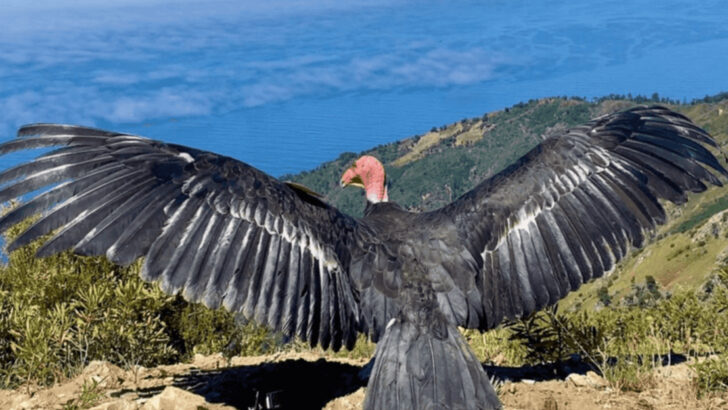The highest peaks of America harbor unique ecosystems, home to species that can only be found in these elevated terrains.
These majestic mountains provide not just breathtaking views but also a sanctuary for a myriad of creatures adapted to the challenging conditions.
From elusive mammals to rare plants, these species showcase the incredible diversity and adaptability of life in high-altitude environments.
Discover 14 remarkable species that thrive exclusively on the summits of America’s greatest mountains, each with its own unique charm and story to tell.
Olympic Marmot
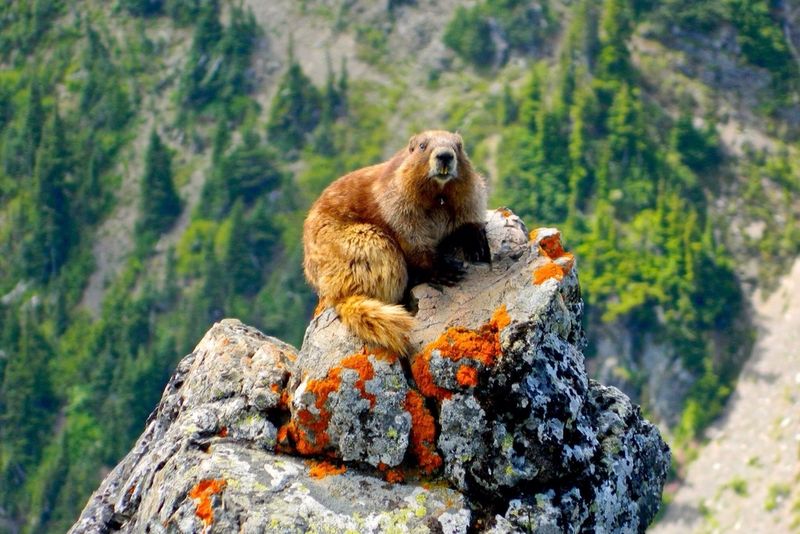
Perched high in the Olympic Mountains, the Olympic Marmot is a captivating sight. Known for their loud whistles echoing through valleys, these social creatures form close-knit colonies.
Their thick fur shields them against the cold, while their playful antics bring joy to any observer. With a diet consisting mainly of alpine plants, these marmots are integral to their ecosystem.
Did you know? The Olympic Marmot is only found within the Olympic National Park. Their existence highlights the importance of conservation efforts to protect such unique species.
Mount Graham Red Squirrel
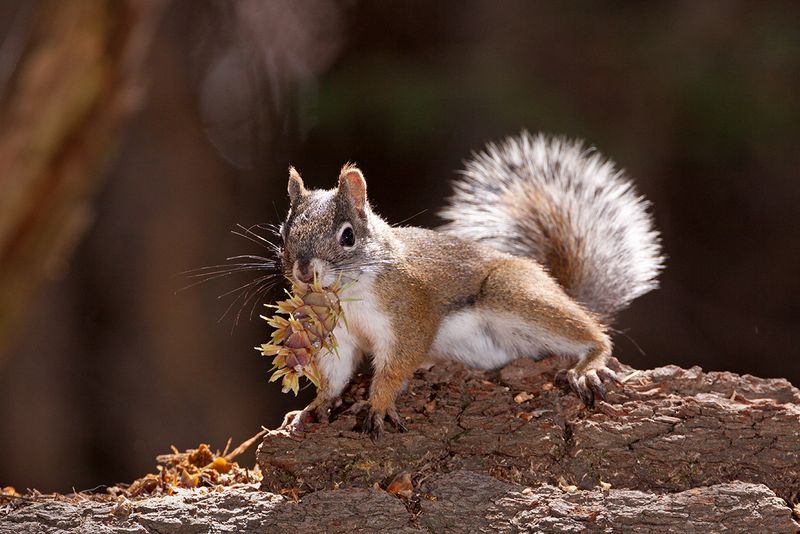
Tiny yet vibrant, the Mount Graham Red Squirrel darts through the treetops of Arizona’s Mount Graham. With bright rust-colored fur, it adds a splash of color to the high-altitude forest.
This squirrel’s life revolves around gathering pine cones, ensuring a stash to survive harsh winters. Their energetic presence is a vital part of their habitat.
Fun fact: The Mount Graham Red Squirrel was once thought extinct, but small populations have since been rediscovered, illustrating both nature’s resilience and the delicate balance of these ecosystems.
White-tailed Ptarmigan
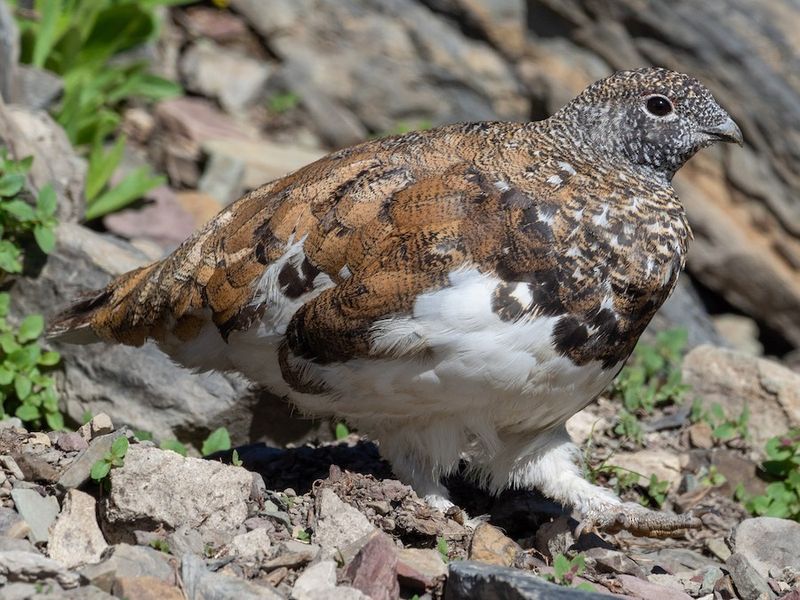
Adaptation is key for the White-tailed Ptarmigan, a bird whose plumage changes with the seasons. Found high in the Alpine Tundra, its white winter feathers blend seamlessly with the snow.
In summer, the plumage turns a mottled brown to match the rocky surroundings.
These birds are well-adapted to extreme cold, feeding on alpine vegetation all year round.
Pika
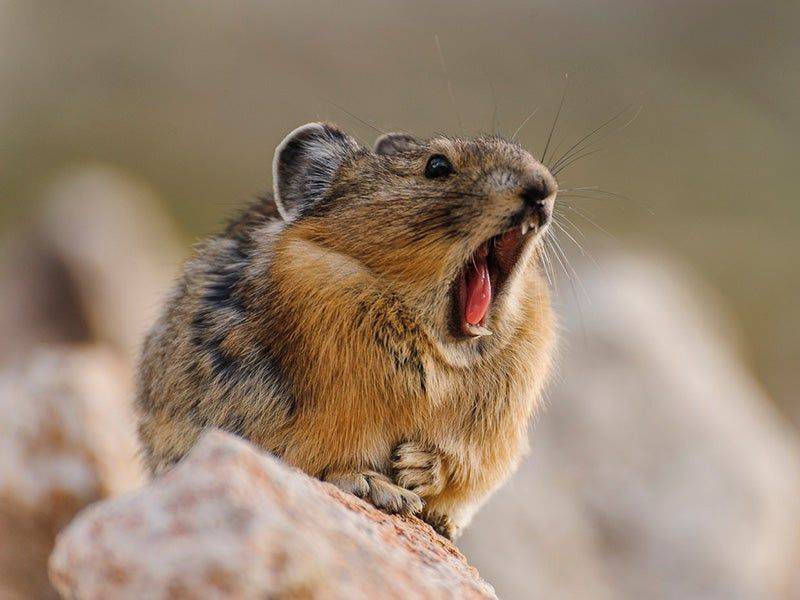
A small mammal with a big personality, the Pika inhabits the talus slopes of Colorado’s Rocky Mountains. Known for their distinctive calls, these critters are constantly busy.
They spend summers collecting grasses, creating haypiles to sustain them through the snowy months. Their resilience is inspiring.
The Pika’s presence in the mountains is an indicator of environmental health. As climate change threatens their habitat, they are becoming symbols for conservation efforts.
Sierra Nevada Bighorn Sheep
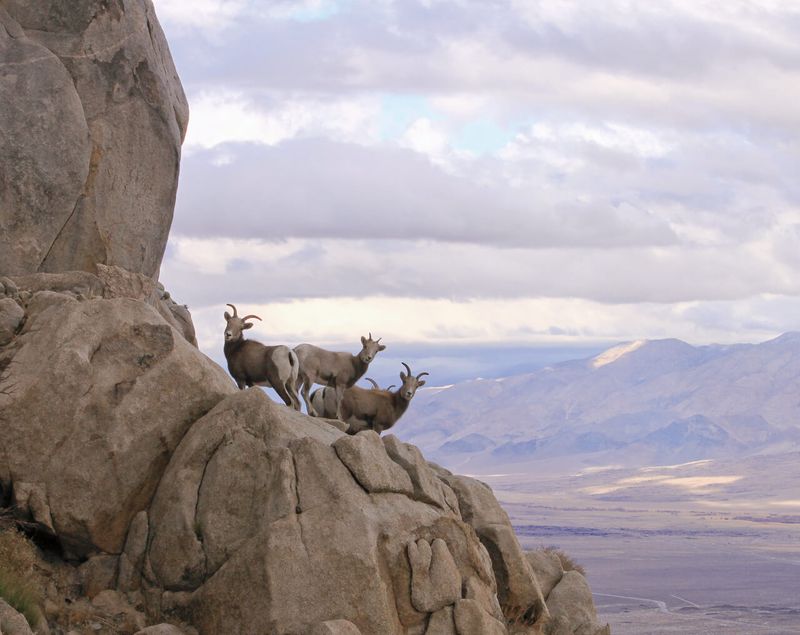
Majestic and agile, the Sierra Nevada Bighorn Sheep navigate the rocky precipices of California’s Sierra Nevada range with grace. Their spiraled horns are both a weapon and a crown.
Living in small herds, they are symbols of strength and survival. These sheep have adapted to thrive in this challenging environment.
Once endangered, conservation efforts have helped their numbers recover. They are a stunning reminder of nature’s grandeur and the continuous need to protect it.
Alpine Chipmunk
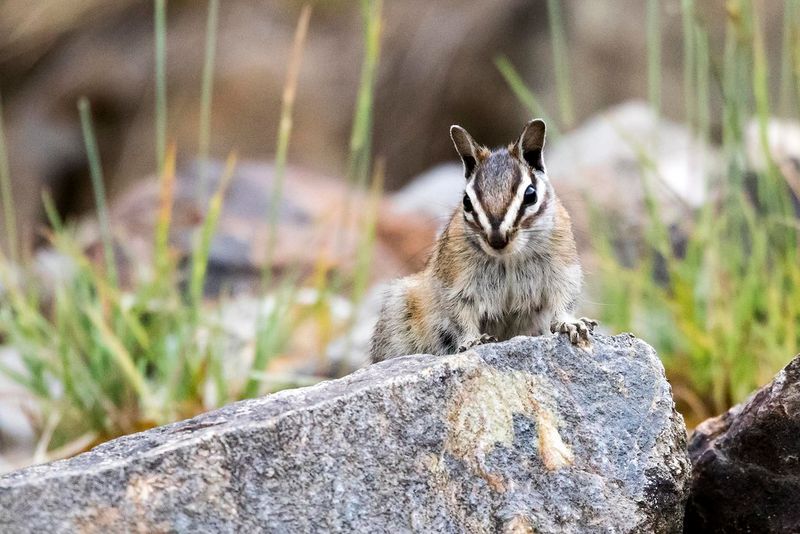
The Alpine Chipmunk scurries through the snow-laden peaks of California’s Sierra Nevada, cheeks stuffed with seeds. These small but mighty creatures are constantly preparing for winter.
With striped coats, they blend into their environment, avoiding predators. Their energy and resourcefulness are impressive.
Did you know? The Alpine Chipmunk’s range has shrunk due to climate change, making them a subject of study for scientists monitoring its effects.
Cascade Red Fox

The elusive Cascade Red Fox prowls the snowy forests of Washington’s Cascade Range. With a coat of burnished copper and agile movements, they are a wonder to behold.
Hunting small mammals, they play a critical role in the food chain. Their adaptability is key to their survival.
Research shows these foxes are genetically distinct due to their isolated habitat, highlighting the unique biodiversity of mountain ecosystems.
Gunnison Sage-Grouse
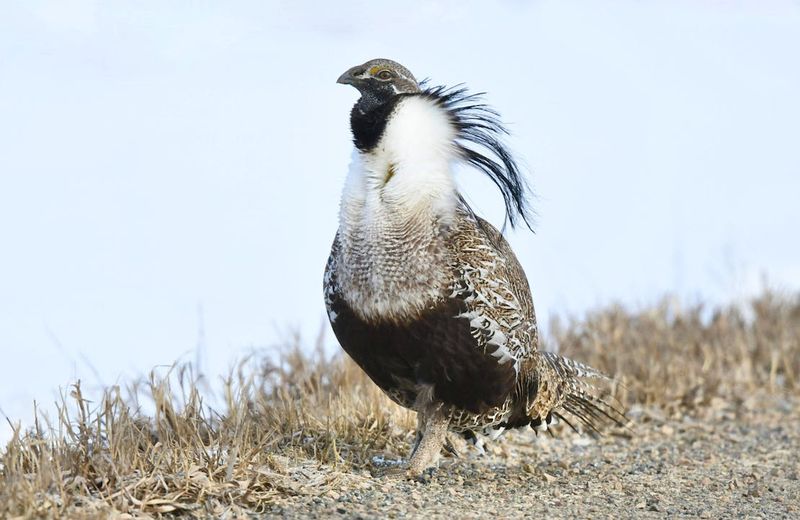
In the open sagebrush of Colorado’s San Juan Mountains, the Gunnison Sage-Grouse’s courtship dance is a spectacle. Males puff their chests, creating a dramatic display to attract mates.
This ritual is not just a performance but a crucial part of their reproductive cycle. Their population is a focus of conservation efforts.
Fun fact: The Gunnison Sage-Grouse was only recognized as a separate species in 2000, emphasizing the importance of ongoing research.
Utah Prairie Dog
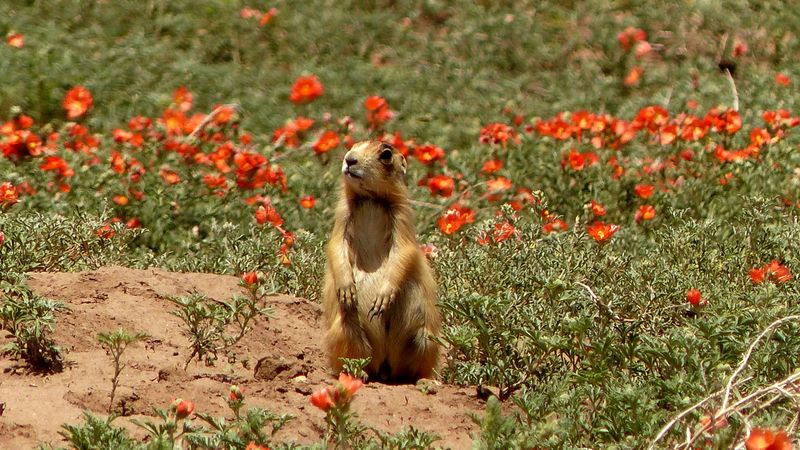
The Utah Prairie Dog stands sentinel on the grassy plateaus of Bryce Canyon, ever watchful. Their alertness is unmatched, a trait that ensures survival.
Communicating through a complex system of calls, they warn each other of predators. Their burrows also support other species.
Conservationists work tirelessly to protect these creatures, whose colonies once stretched far wider than today. They are a reminder of the interconnectedness of ecosystems.
Sky Island Hairy Woodpecker
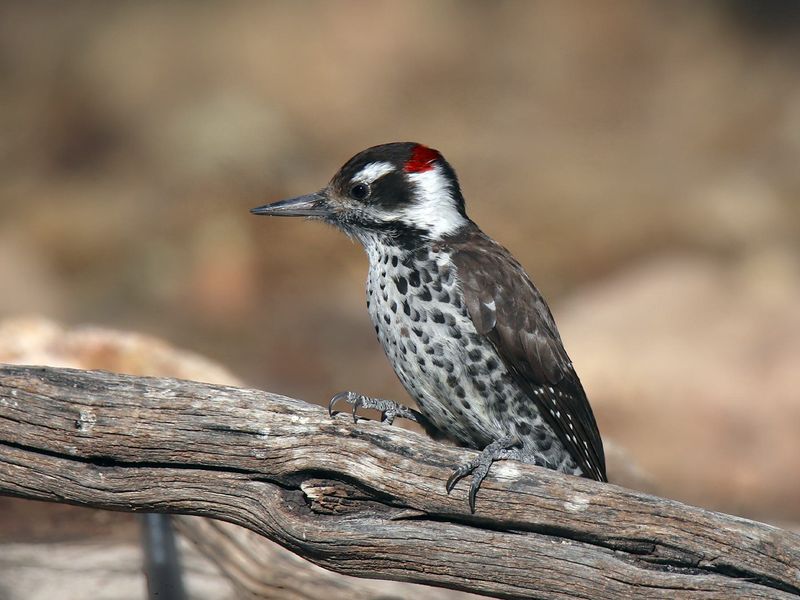
High in Arizona’s Sky Islands, the Hairy Woodpecker taps away, its rhythmic drumming echoing through the forest. These industrious birds are vital to their environment.
Their specialized beaks allow them to forage for insects under the bark, keeping tree populations healthy. Their contribution is invaluable.
Sky Island species are uniquely adapted to isolated life, making the Hairy Woodpecker’s presence a marker of ecological health.
Mount Rainier White-tailed Jackrabbit
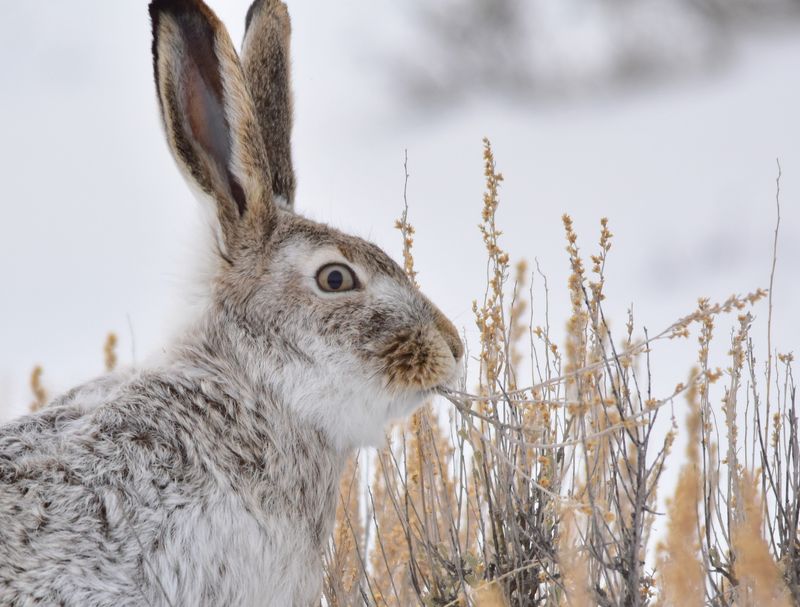
Bounding across the meadows of Mount Rainier, the White-tailed Jackrabbit is a symbol of agility. Its long ears serve both as a cooling mechanism and a keen detection tool for predators.
This hare’s powerful hind legs are built for speed, allowing it to swiftly navigate the rugged mountain landscape.
With a diet of grasses and shrubs, it contributes to the ecological balance of the high-altitude meadows.
California Condor
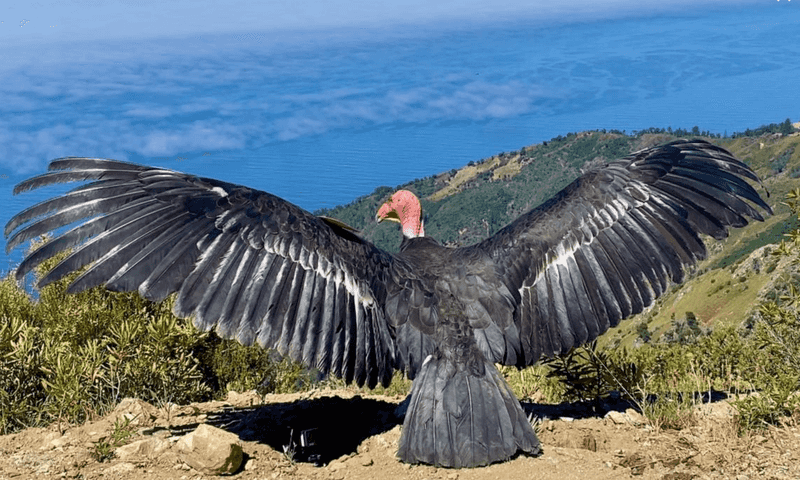
The majestic California Condor soars over Big Sur’s cliffs, wings outstretched in an impressive span. These vultures are icons of survival and recovery.
Feeding on carrion, they play a crucial role in the ecosystem’s cleanup crew. Their numbers were once critically low but have been revived through intensive efforts.
The sight of a condor in flight is breathtaking, a symbol of hope for endangered species worldwide.
Appalachian Cottontail
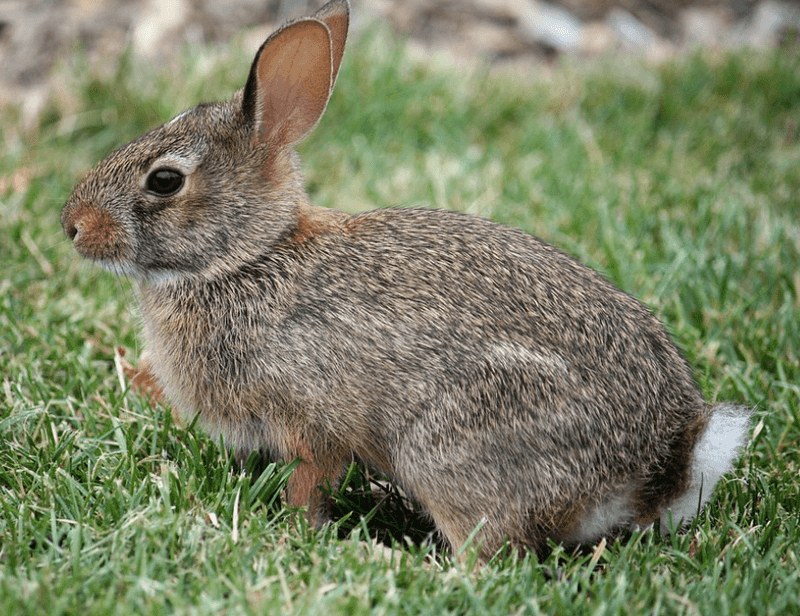
Shy and elusive, the Appalachian Cottontail peeks through the dense underbrush of West Virginia’s mountains. Their camouflage helps them remain unseen.
Surviving on a diet of shrubs and grasses, they are a vital link in the food chain. Their presence reflects the health of their habitat.
These cottontails are often overshadowed by their widespread relatives, yet they remain a key species in their ecosystem’s diversity.
Boreal Owl
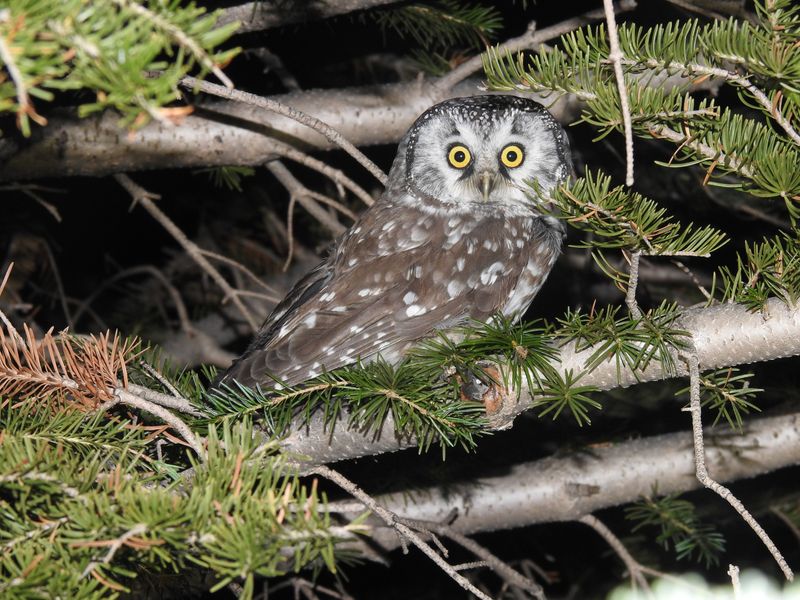
Silent and mysterious, the Boreal Owl perches in the snowy forests of Alaska’s Brooks Range. Their piercing eyes scan the surroundings for prey.
Nocturnal hunters, they rely on stealth and silence to catch small mammals. Their role is pivotal in controlling rodent populations.
Despite their small size, Boreal Owls are formidable predators, emblematic of the resilience required to thrive in harsh environments.

